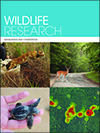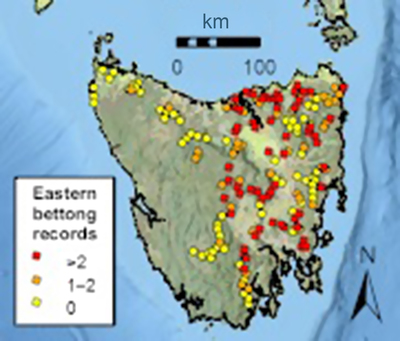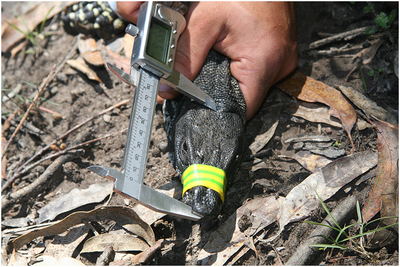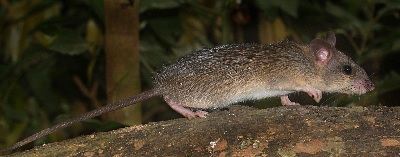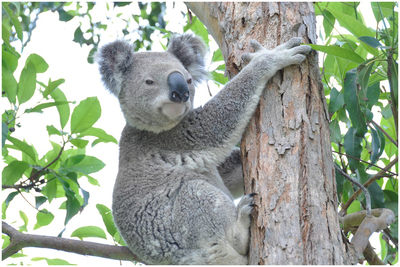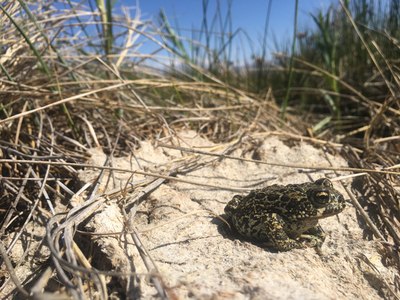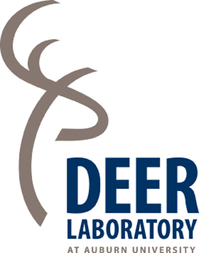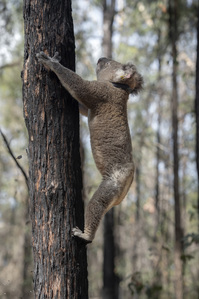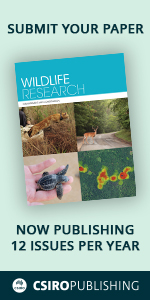WR21183Mammal use of undercrossings is influenced by openness and proximity to riparian corridors
 , John D. Perrine, Andrew Schaffner, Robert Brewster, Anthony J. Giordano, Morgan Robertson and Nancy Siepel
, John D. Perrine, Andrew Schaffner, Robert Brewster, Anthony J. Giordano, Morgan Robertson and Nancy Siepel
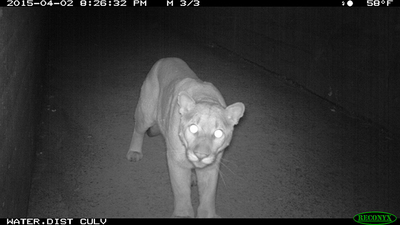
Designing wildlife crossing structures for a suite of species remains a challenge. We monitored 11 crossings along a major highway in California from 2012 to 2017 and found that mammal species richness and black bear use were greater closer to streams, whereas mule deer almost exclusively used large undercrossings. Large undercrossings associated with natural corridors are likely to promote connectivity for the most species of medium–large mammals. Photograph by the authors.


